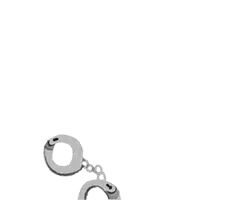Part 3Enforcement officers' powers and orders
Surveillance device warrants and declaratory orders: Making declaratory order
69Form and content of declaratory order
Every declaratory order must be in the prescribed form, if any.
Every declaratory order must also contain, in reasonable detail, the following particulars:
- the name of the Judge making the order and the date the order is made:
- a description of the device, technique, procedure, or activity that the order relates to, with enough detail to enable the enforcement officer using the device, technique, or procedure, or undertaking the activity, to understand what is covered by the order:
- the name, address, or other description of the person, place, vehicle, or other thing that is the object of the use of the device, technique, or procedure, or of the activity (if available):
- the circumstances in which the device, technique, or procedure is to be used, or in which the activity is to be undertaken:
- the purpose for which the device, technique, procedure, or activity is to be used, or for which the activity is to be undertaken.


